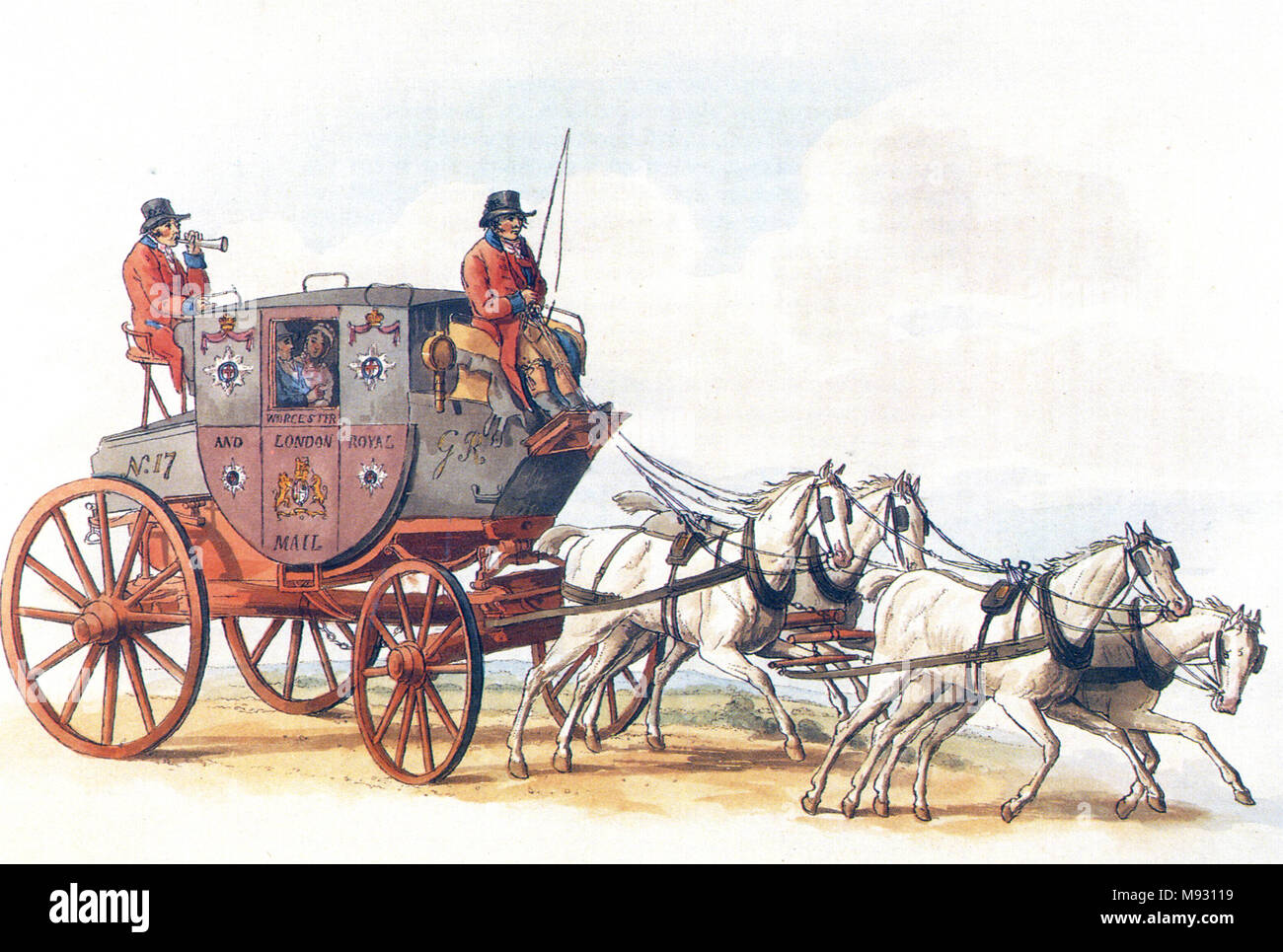The newest correlation regarding studying speed and natural foraging victory within the bumble-bees
Average learning performance shown by individual bees from the 12 test colonies. In each panel (a-l) we present the mean learning performance averaged across bees tested in each colony (D11-D22). Data points (filled diamonds) represent the mean (1 s.e.m.) number of errors made during each consecutive group of flower choices. The starting point (i.e. number of flower choices=0) was calculated from all bees which made at least five choices before feeding from (probing) a yellow (rewarding) flower for the first time. Subsequent data points each represent the mean number of errors (blue flowers chosen) during a series of 10 flower choices averaged across 1215 bees per colony. All bees (n=172) performed at least 100 flower choices. The curves shown in each figure panel indicate the mean learning curve for each colony. The colony learning curve is based on the mean curve parameters (y0, A and t) produced from fitting exponential decay functions (y=y0+Ae ?x/t ) to the flower choice data for each individual bee and averaging parameter values across bees.
Conceptual

Despite the widespread expectation the reading efficiency away from animals was modified towards the version of surroundings where it work, the latest decimal aftereffects of learning results on physical fitness will still be practically not familiar. Weiterlesen


